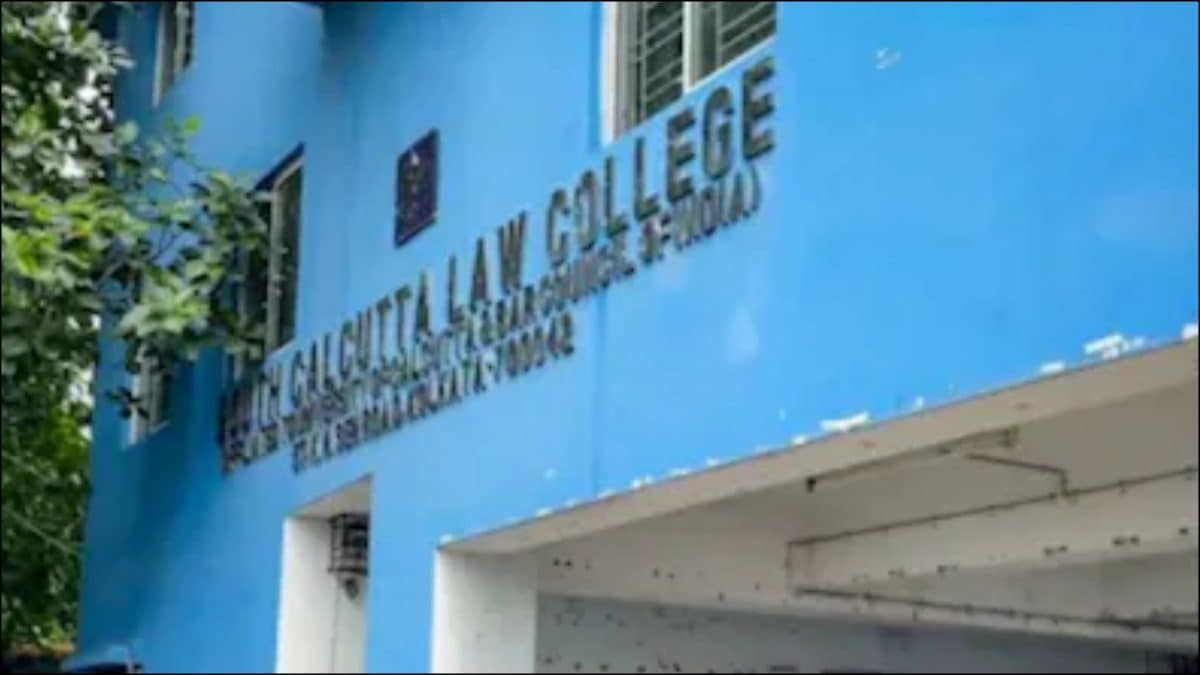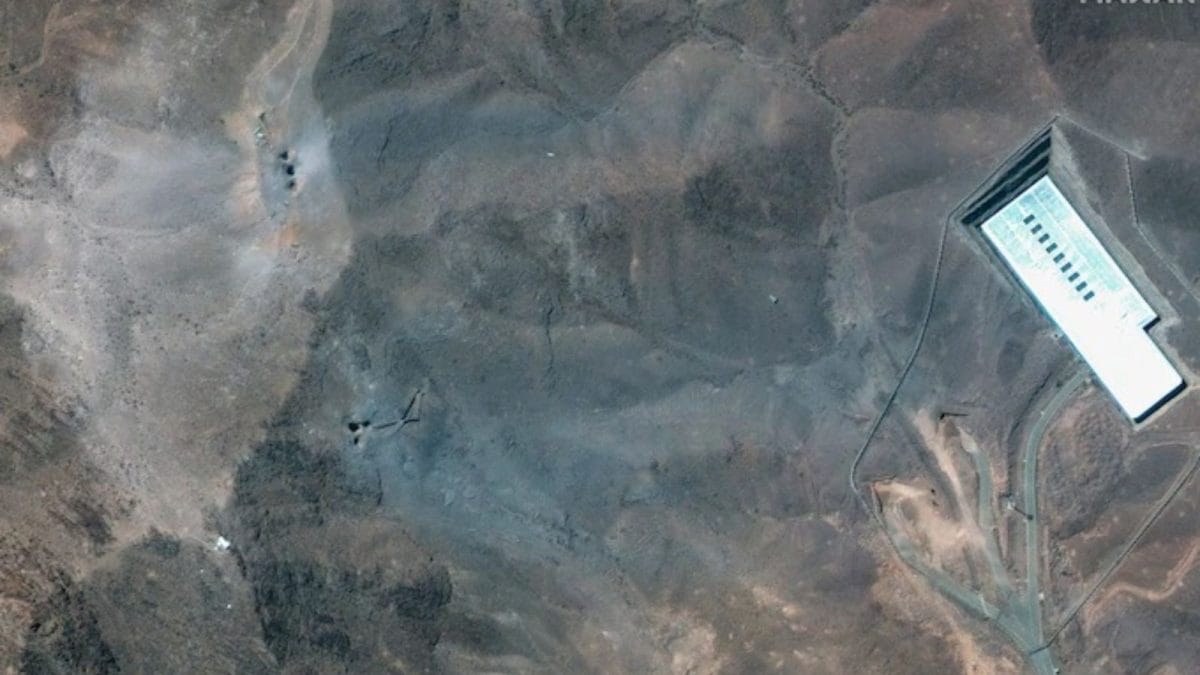ARTICLE AD BOX
Last Updated:July 03, 2025, 14:34 IST
The goal is to determine whether the systems on the Boeing 787 Dreamliner aircraft were receiving sufficient power during its final moments.

CNN-News18 has learnt that the investigators at the AAIB are studying RAT deployment to analyse the precise phase of total hydraulic failure that may have led to the crash. (AFP)
Amidst speculation that dual engine failure might be the primary cause of the recent Air India crash in Ahmedabad, air crash investigators are closely examining the performance of the Ram Air Turbine (RAT). Their goal is to determine whether the systems on the Boeing 787 Dreamliner aircraft were receiving sufficient power during its final moments.
CNN-News18 has learned that investigators at the Air Accident Investigation Bureau (AAIB) are studying RAT deployment to pinpoint the exact phase of total hydraulic failure that could have led to the crash.
Flight AI-171 crashed in Ahmedabad just 30 seconds after take-off at 1:39 pm on June 12. Data transmitted from the aircraft while it was airborne confirmed that it had reached a height of 625 feet before suddenly plunging, resulting in the deaths of 241 people on board and others on the ground.
The last communication from the pilots of the ill-fated flight was MAYDAY and “No Thrust," likely indicating that the engine failed to generate power needed for the plane to climb.
One of the videos of the aircraft seconds before the crash suggests that the Ram Air Turbine was activated. The RAT is a small wind-powered generator that automatically deploys in emergencies to provide essential power to critical aircraft systems. In other words, the RAT is a backup system designed to activate when the main power sources of an aircraft fail.
Sources with knowledge of the ongoing investigation have informed CNN-News18 that since RAT deployment is directly associated with hydraulic and electrical power failures, investigators believe the Ram Air Turbine could be a crucial indicator of the possible reasons behind this crash.
“The probe agency has already retrieved the FDR – Flight Data Recorder. The data from the FDR will substantiate the reasons for RAT deployment on AI-171. It will not only identify the phase of the flight in which the aircraft lost power, but also suggest possible reasons," said an officer, requesting anonymity.
The officer added that although RAT’s activation immediately after take-off strongly suggests a significant loss of power, potentially a dual-engine failure – which is rare – or another catastrophic power failure, the precise details of its activation, reasons, and timing will only be established through the data retrieved from the FDR.

Anvit Srivastava, Principal Correspondent at CNN-News18, covers crime, security, policing and society in Delhi. His impactful ground reports have helped him make his mark among the select credited journalists i...Read More
Anvit Srivastava, Principal Correspondent at CNN-News18, covers crime, security, policing and society in Delhi. His impactful ground reports have helped him make his mark among the select credited journalists i...
Read More
- Location :
- First Published:
News india Air India Ahmedabad Crash Probe: Why Investigators Are Zeroing In On Ram Air Turbine



.png)
.png)
.png)
















 5 hours ago
3
5 hours ago
3








 English (US) ·
English (US) ·